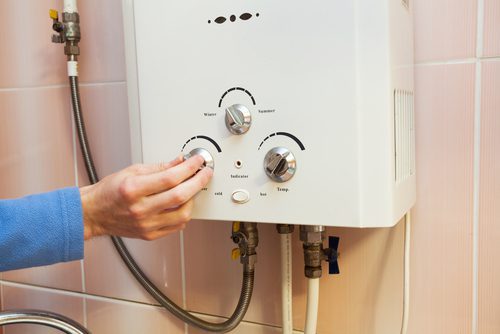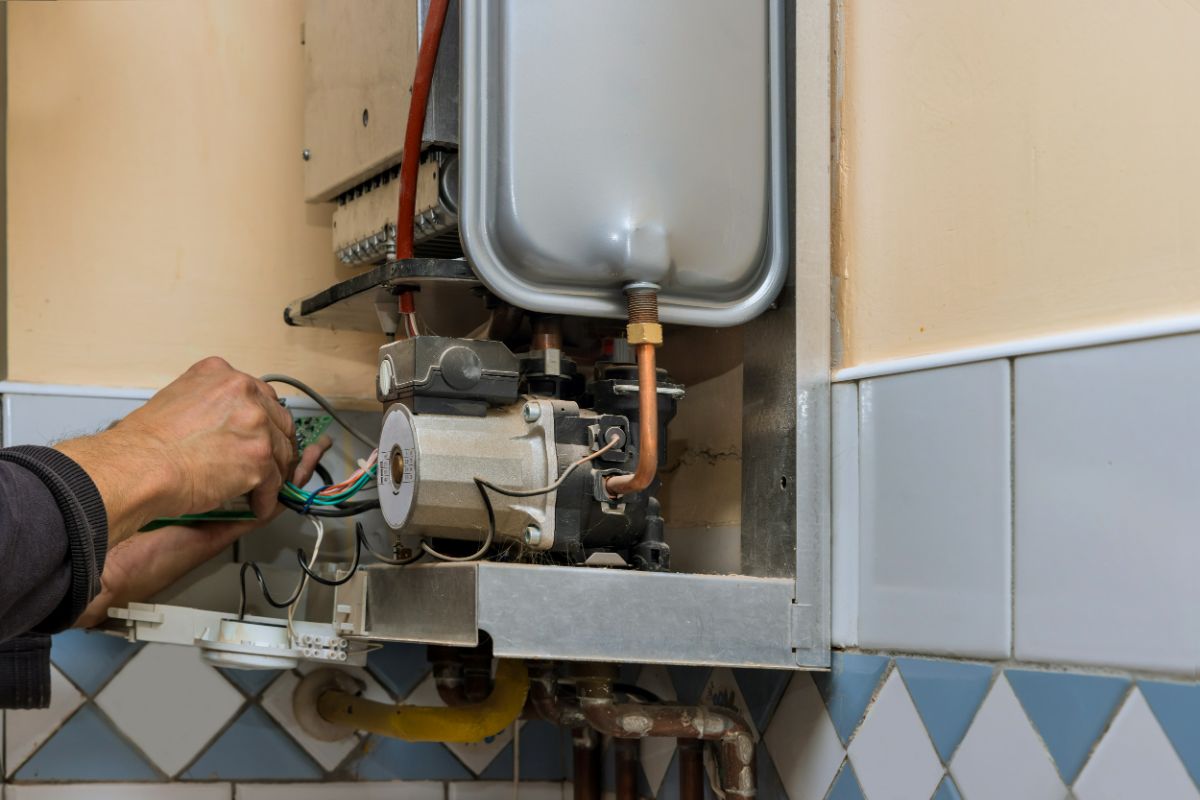Nearly everybody maintains their personal theory when it comes to What Kind of Maintenance Do Water Heaters Need?.

Hot water is necessary for daily convenience, whether it's for a refreshing shower or cleaning recipes. To ensure your hot water system runs successfully and lasts much longer, regular upkeep is key. This post supplies sensible pointers and understandings on just how to keep your home's hot water system to avoid interruptions and expensive fixings.
Intro
Keeping your home's hot water system might seem difficult, however with a couple of straightforward steps, you can ensure it operates efficiently for several years ahead. This guide covers everything from comprehending your hot water system to DIY maintenance pointers and knowing when to employ specialist help.
Significance of Keeping Your Warm Water System
Regular maintenance not just expands the lifespan of your hot water system however additionally ensures it operates effectively. Disregarding upkeep can cause lowered performance, greater power costs, and also early failing of the system.
Indicators Your Hot Water System Demands Maintenance
Knowing when your hot water system requires focus can protect against major issues. Look out for indications such as irregular water temperature level, weird sounds from the heater, or rusty water.
Understanding Your Hot Water System
Before diving right into upkeep jobs, it's handy to recognize the basic elements of your hot water system. Usually, this consists of the hot water heater itself, pipelines, anode rods, and temperature controls.
Month-to-month Maintenance Tasks
Regular monthly checks can assist catch minor problems before they intensify.
Flushing the Hot Water Heater
Flushing your hot water heater removes debris accumulation, boosting effectiveness and prolonging its life.
Checking and Replacing Anode Rods
Anode rods stop corrosion inside the container. Evaluating and replacing them when worn is essential.
Inspecting and Adjusting Temperature Setups
Adjusting the temperature level settings ensures optimum performance and safety.
Do It Yourself Tips for Upkeep
You can do a number of maintenance jobs yourself to keep your warm water system in leading problem.
Checking for Leakages
On a regular basis inspect pipelines and connections for leakages, as these can bring about water damages and higher bills.
Checking Pressure Alleviation Valves
Evaluating the stress safety valve ensures it functions appropriately and stops excessive pressure buildup.
Shielding Pipelines
Insulating warm water pipes reduces warm loss and can conserve energy.
When to Call a Professional
While do it yourself maintenance is advantageous, some issues need professional experience.
Complicated Issues Calling For Professional Aid
Examples consist of major leaks, electric problems, or if your hot water heater is regularly underperforming.
Routine Expert Upkeep Advantages
Professional upkeep can include detailed inspections, tune-ups, and making certain compliance with safety and security requirements.
Verdict
Routine upkeep of your home's warm water system is vital for efficiency, durability, and cost financial savings. By following these ideas and knowing when to look for professional assistance, you can ensure a trustworthy supply of hot water without unforeseen disruptions.
How to Maintain an Instant Hot Water Heater
Before tinkering with your hot water heater, make sure that it’s not powered on. You also have to turn off the main circuit breaker and shut off the main gas line to prevent accidents. Also turn off the water valves connected to your unit to prevent water from flowing into and out of the appliance. 2. When you’re done, you have to detach the purge valves’ caps. These look like the letter “T†and are situated on either side of the water valves. Doing so will release any pressure that has accumulated inside the valves while at the same time avoid hot water from shooting out and burning your skin. 3. When the purge valves’ caps are removed, you have to connect your hosing lines to the valves. Your unit should have come with three hoses but if it didn’t, you can purchase these things from any hardware or home repair shops. You can also get them from retail stores that sell water heating systems. Read the user’s manual and follow it to complete this task properly. When the hosing lines are connected, open the purge port’s valves. 4. You should never use harsh chemical cleaners or solutions when cleaning your unit. Make use of white vinegar instead. It should be undiluted and you’ll probably use about 2 gallons. 5. Now flush your water heater. This task should probably take about 40 minutes. We can’t give you specific directions for this because the procedure is carried out depending on the type, model and brand of your heater. With that being said, refer to the user’s manual. 6. When you’re done draining the unit, you have to turn off the purge port valves again. Remove the hosing lines that you earlier installed on each of the water valves. Put the valve caps (purge port) back in their respective places and be very careful so as not to damage the rubber discs that are found inside these caps. 7. Now that everything’s back in place, check your user’s manual again to find out how to reactivate your water heating system. 8. Once it is working, turn one of your hot water faucets on just to let air pass through the heater’s water supply pipes. Leave the tap on until water flows smoothly out of it. https://www.orrplumbing.com/blog/2014/september/how-to-maintain-an-instant-hot-water-heater/

Hopefully you liked our piece about Tips on Maintaining a Water Heater. Thanks a ton for taking a few minutes to read our article. You should set aside a second to promote this blog posting if you liked it. I enjoy your readership.
Click For More Information